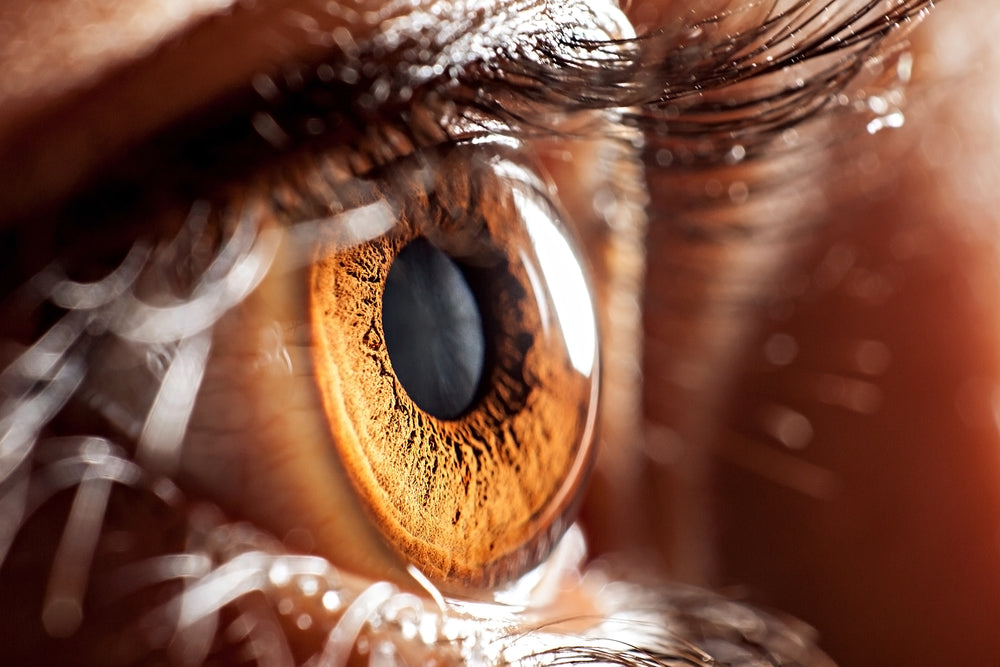NASA reports that on April 8, 2024, the Moon will pass in front of the Sun, casting a shadow across a long swath of Mexico, the United States, and Canada. An interactive map showing the path and times of the eclipse is posted at https://science.nasa.gov/eclipses/future-eclipses/eclipse-2024/where-when/.
The spectacle of a solar eclipse is a rare and awe-inspiring event that captivates people across the globe. However, as mesmerizing as it may be, directly staring at a solar eclipse can pose serious risks to your vision. The sun's intense rays can cause irreversible damage to the retina, much like how a magnifying glass can focus sunlight to burn paper. To fully appreciate the beauty of a solar eclipse while safeguarding your eyesight, it's crucial to understand the dangers and adopt safe viewing practices.
The Science Behind Eye Damage
The human eye is a remarkably sensitive organ, capable of perceiving light across a wide spectrum. However, its delicate structure is not equipped to handle the direct onslaught of the sun's rays, particularly during an eclipse. The sun emits various types of radiation, including visible light and harmful ultraviolet (UV) and infrared (IR) radiation.
During a solar eclipse, when the moon partially or fully blocks the sun, there's a natural inclination to look directly at the celestial event. However, even when the sun is partially obscured, its rays remain potent enough to cause damage to the retina. The retina is the light-sensitive tissue lining the back of the eye, responsible for converting light into electrical signals that the brain interprets as images. When exposed to excessive sunlight, the retina can become overwhelmed, leading to a condition known as solar retinopathy.
Solar retinopathy occurs when the sun's intense rays literally "burn" the retina, causing permanent damage to its cells. This damage can manifest as blurry vision, blind spots, or even complete loss of central vision. Unfortunately, unlike other parts of the body, the retina lacks the ability to repair itself, making prevention paramount.
Safe Viewing Practices
While the dangers of directly staring at a solar eclipse are real, there are several safe and enjoyable ways to witness this celestial phenomenon:
-
Solar Eclipse Glasses: Invest in a pair of certified solar eclipse glasses that meet the ISO 12312-2 safety standard. These specialized glasses are equipped with solar filters that block harmful UV and IR radiation while allowing you to safely view the eclipse. Ensure that the glasses are in good condition and free of scratches or damage that could compromise their effectiveness.
-
Pinhole Projector: Create a simple pinhole projector using cardboard or paper to indirectly view the eclipse. Poke a small hole in one piece of material and let sunlight pass through it onto another surface, such as a wall or the ground. You'll see a projection of the eclipse without risking eye damage.
-
Telescopes and Binoculars: If you plan to use telescopes or binoculars to observe the eclipse, make sure to equip them with solar filters specifically designed for these devices. Never look through these instruments directly at the sun without proper filtration, as doing so can amplify the sun's rays and cause irreparable harm to your eyes.
-
Live Streams and Broadcasts: In the digital age, you can experience the wonder of a solar eclipse from the safety and comfort of your home through live streams and broadcasts. Many reputable space agencies and observatories provide high-quality footage of eclipses, allowing you to witness the event in real-time without risking eye injury.
Conclusion
While the temptation to gaze directly at a solar eclipse may be strong, it's essential to prioritize the long-term health of your eyes. The sun's rays are powerful enough to cause irreversible damage by permanently burning the delicate tissues of the retina, leading to vision impairment or even blindness. By adopting safe viewing practices such as using certified solar eclipse glasses or creating pinhole projectors, you can enjoy the spectacle of a solar eclipse without putting your eyes at risk.














